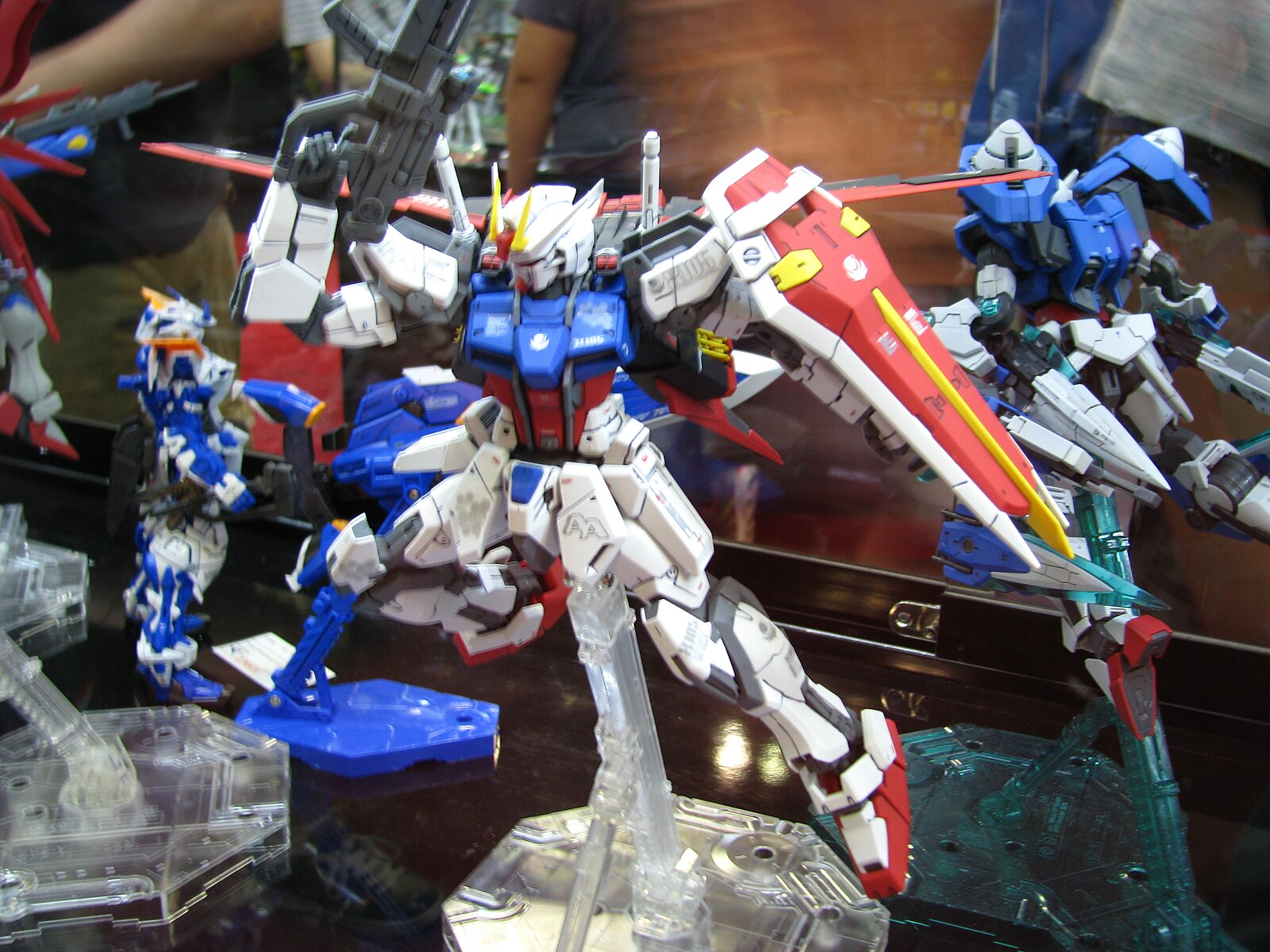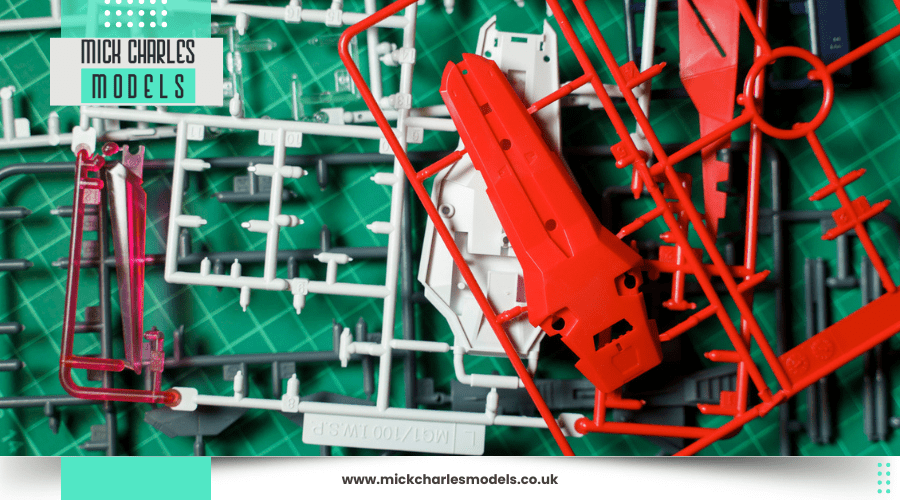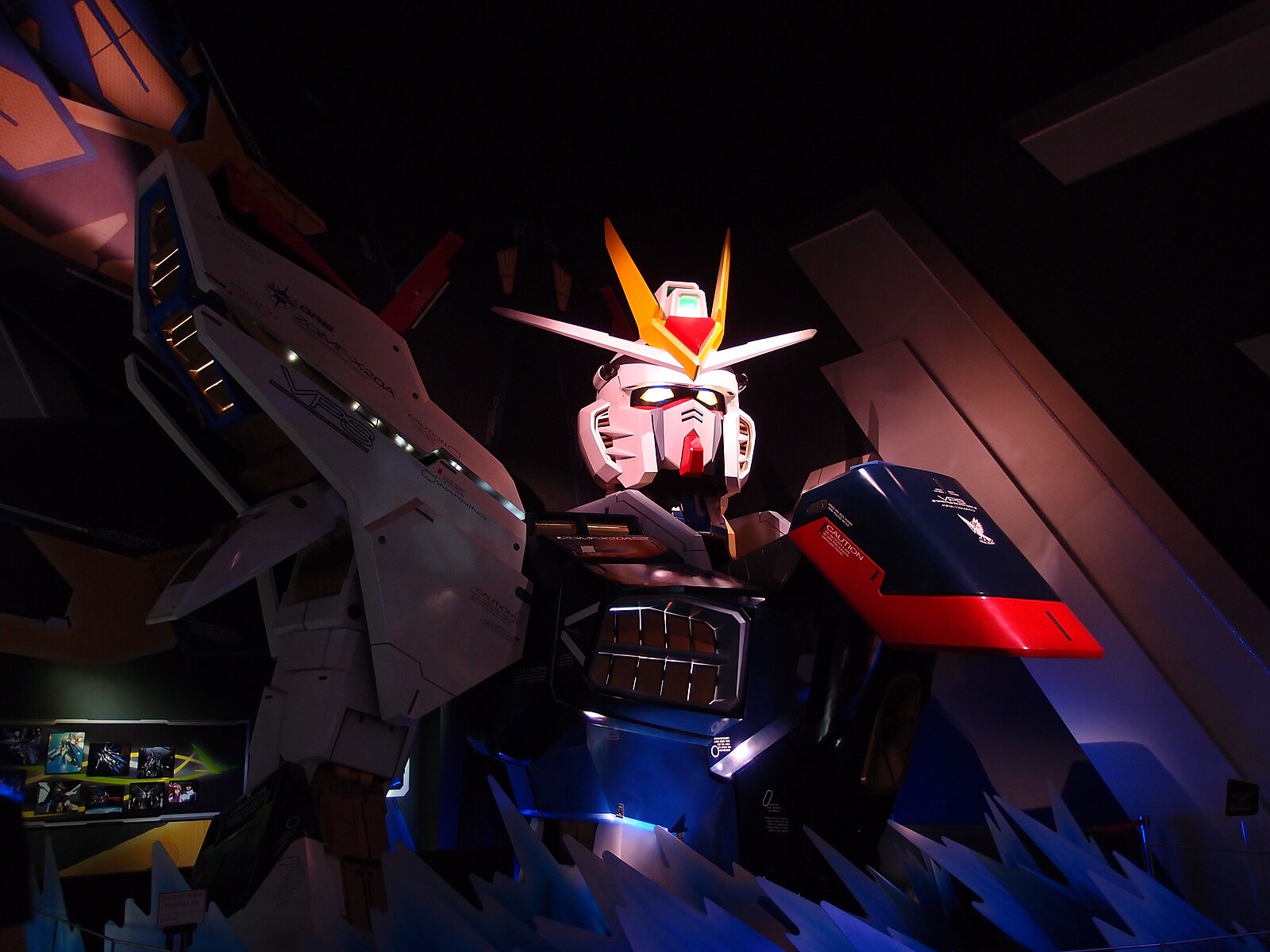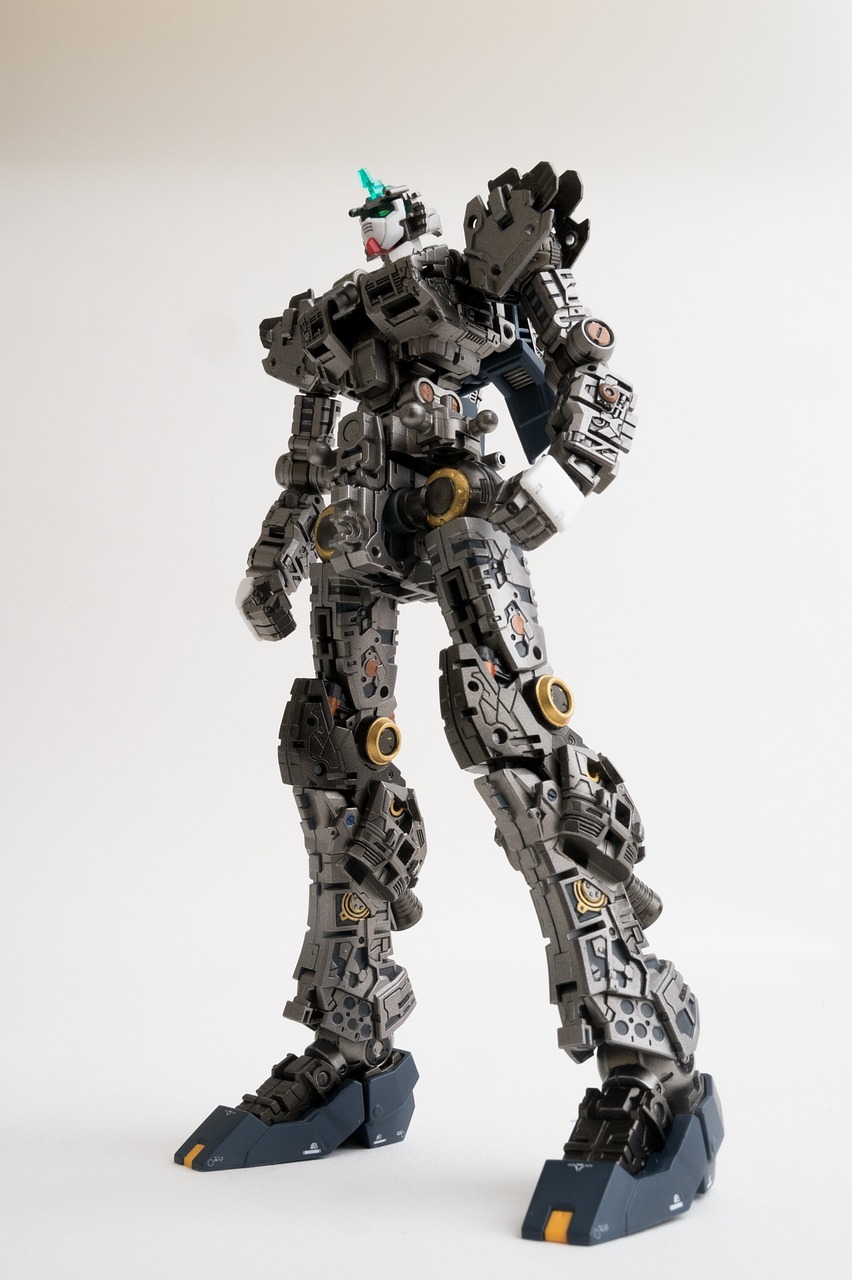What is Gunpla Short For? Understanding the Meaning Behind the Term
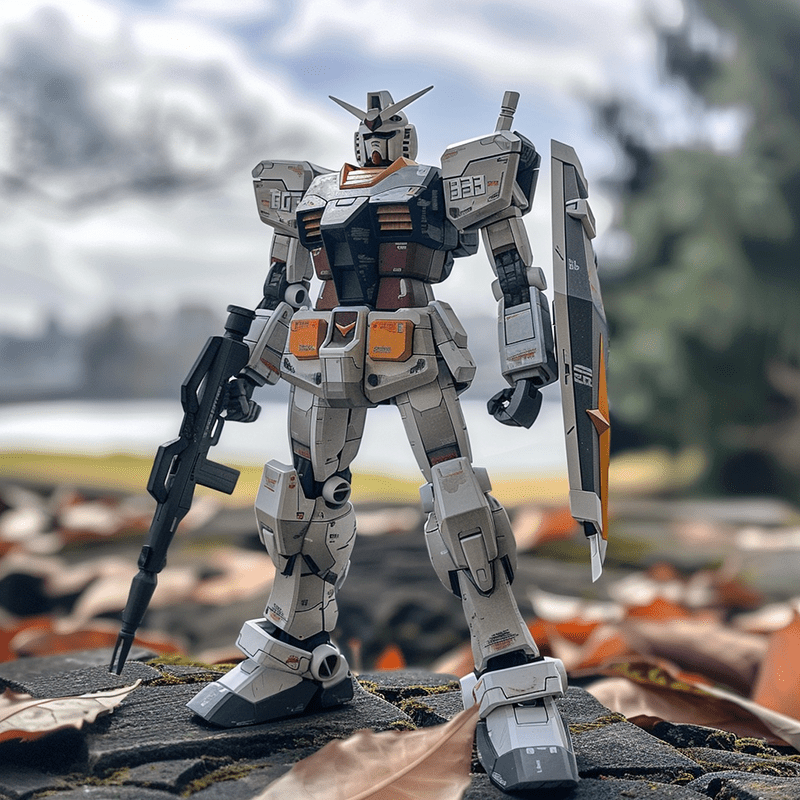
Gunpla, short for Gundam Plastic Model, refers to the buildable and moveable plastic models inspired by the Gundam animated series that debuted in Japan in 1979. These intricate kits are produced by Bandai and have garnered a wide following, turning the hobby into a global phenomenon.
Building Gunpla allows fans to create their own versions of the iconic robots from the Gundam universe. The variety and complexity of these models range from simple kits suitable for beginners to highly detailed versions that pose challenges even for seasoned builders. This makes Gunpla an engaging and rewarding hobby for people of all ages.
The popularity of Gunpla can be attributed to its blend of creativity, precision, and a connection to the beloved Gundam series. Enthusiasts find joy in assembling, customizing, and displaying their models, often creating entire armies of miniature Gundams. Gunpla stands as a testament to the enduring appeal of the Gundam series and the craftsmanship of Bandai's model kits.
Origins of Gunpla
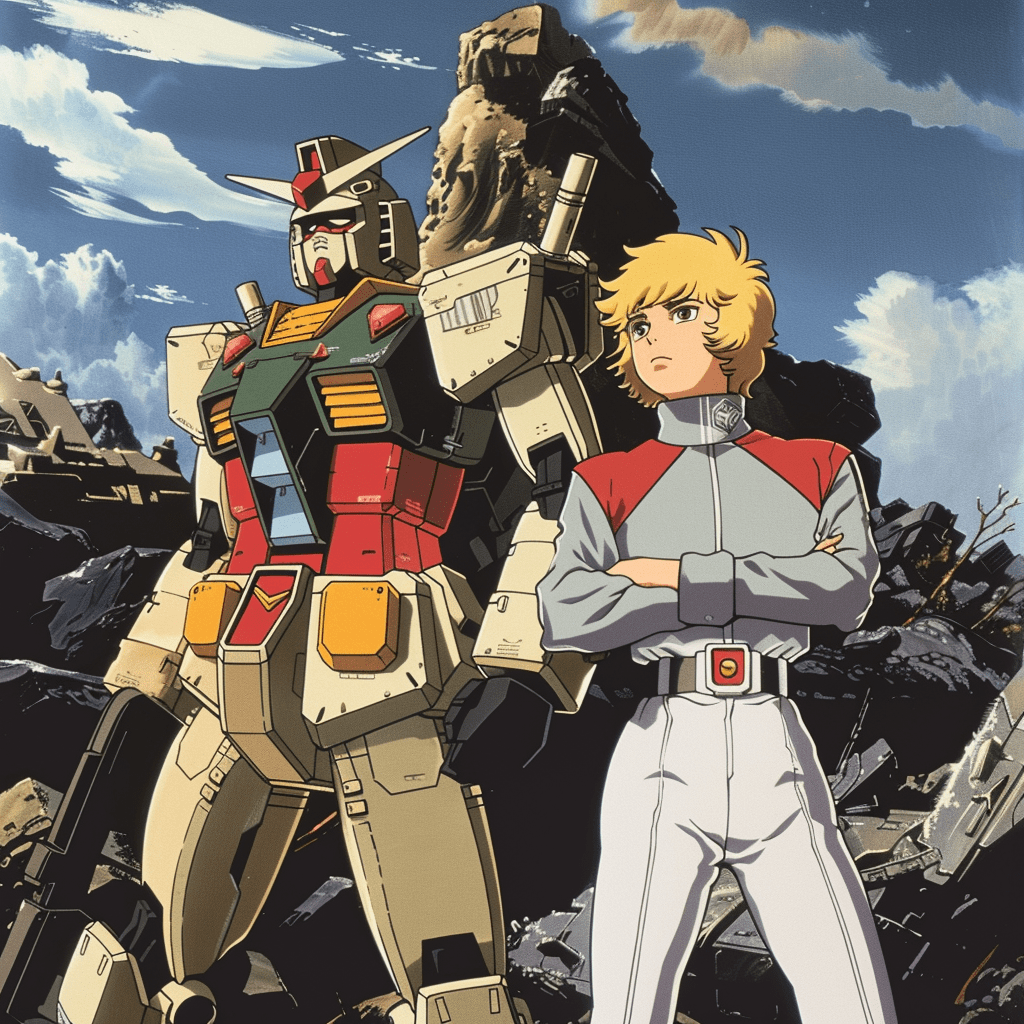
Gunpla, short for Gundam plastic models, has a rich history tied to the Japanese Gundam franchise and developed significant popularity among fans of mecha anime.
Development in Japan
The origin of Gunpla dates back to July 1980 when Bandai released the first Mobile Suit Gundam model kit.
These early kits required modelers to use glue to assemble the parts, unlike modern kits that mostly snap together. The first model sold for around 300 yen (~$3), making it accessible to many enthusiasts.
During the 1980s, the development of these kits transformed significantly as new technologies allowed for more detailed and intricate models. Bandai continued to improve the quality and ease of assembly over time.
By the end of the decade, Gunpla had become a popular hobby not just in Japan, but in other Asian countries too.
Gunpla and the Gundam Franchise
Gunpla are models based on the mechas from the Mobile Suit Gundam series. The original Gundam anime, airing in 1979, set the stage for this new venture.
Bandai leveraged the popularity of the anime to market the model kits, synchronizing the release of new kits with major events in the anime series. The connection between Gunpla and the Gundam franchise helped build a dedicated fanbase.
As the franchise expanded with new series and movies, Bandai introduced newer models, ensuring each release was tied to the latest media. Different grades of Gunpla (such as High Grade, Master Grade, and Perfect Grade) were also introduced, offering varying levels of complexity and detail.
The relationship between Gunpla and the Gundam franchise became a defining characteristic, enhancing both the popularity and cultural impact of these model kits.
Understanding Gunpla
Gunpla, short for "Gundam plastic models," is a popular hobby that combines creativity and collection. It involves building and displaying models based on the Gundam series.
What Does Gunpla Stand For?
Gunpla is short for Gundam Plastic Model. This term refers to model kits based on the mobile suits from the Gundam anime series. These models are made primarily from plastic and are manufactured by Bandai. The name reflects the blend of the words "Gundam" and "plastic model," highlighting the core of the hobby: building miniature replicas of iconic mechas from the Gundam universe.
The Gundam series debuted in 1979 with Mobile Suit Gundam. Since then, it has expanded into various series, films, and spin-offs, making Gunpla a significant part of the anime culture. Collectors and hobbyists alike enjoy building these models, which range from simple kits for beginners to complex versions for experienced builders.
The Hobby of Gunpla
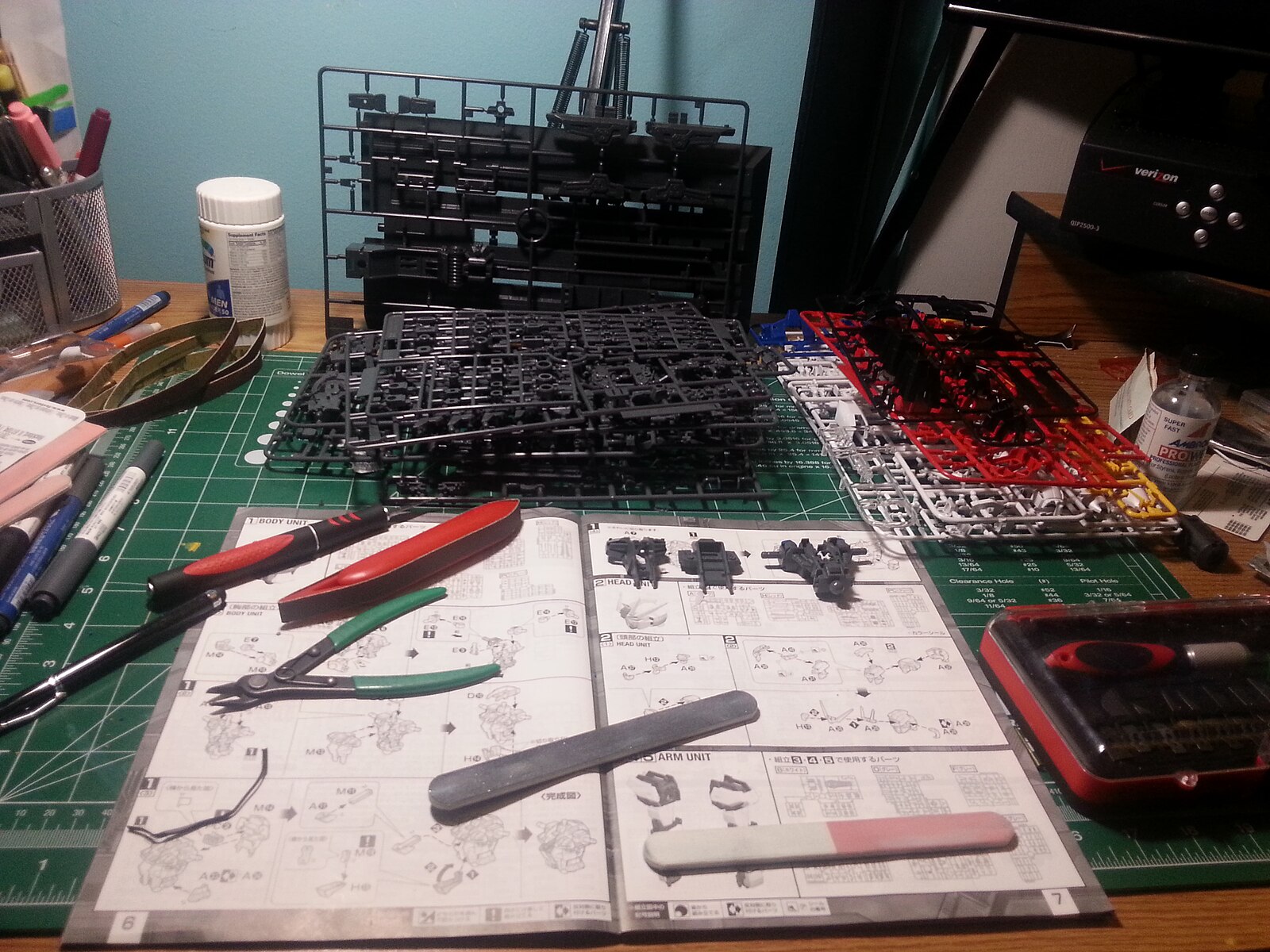
Cheposo(Subida/Upload), Mesa de Trabajo de un Modelista Gunpla y herramientas (Working table of a Gunpla Modelist and tools), CC BY-SA 3.0
Building Gunpla involves assembling pieces from a kit to create a detailed model of a Gundam. The kits come in different grades, like SD (Super Deformed), HG (High Grade), RG (Real Grade), MG (Master Grade), and PG (Perfect Grade). Each grade differs in complexity, detail, and size, giving builders various options to choose from based on their skill level and interest.
- SD: Simplified and cute versions, ideal for younger or new hobbyists.
- HG: Offers a balance of detail and ease, perfect for beginners and casual builders.
- RG: Similar in scale to HG but more detailed and intricate.
- MG: Larger and more detailed, catering to more experienced builders.
- PG: The most complex and detailed, meant for advanced hobbyists.
Gunpla is more than just building models; it's a creative activity where hobbyists paint, customize, and display their Gundams. Whether it's for personal satisfaction, home decor, or participating in competitions, Gunpla offers a fulfilling and engaging pastime for enthusiasts worldwide.
Gunpla Kits
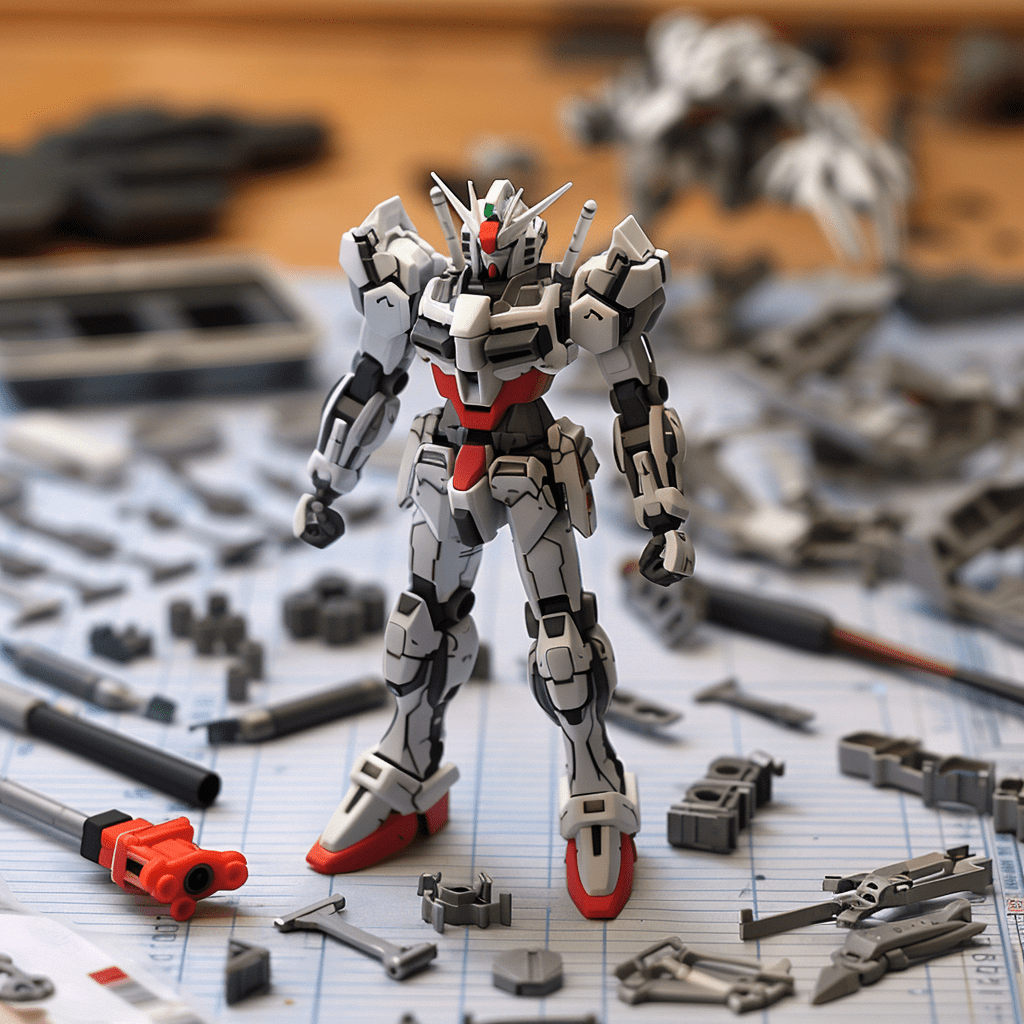
Gunpla kits refer to various model kits that let hobbyists build detailed replicas of Gundam robots. These kits are characterized by different grades, scales, and box art that showcases the model's features.
Grades of Kits
Gunpla kits come in several grades which indicate the level of detail and complexity:
- Entry Grade (EG): Perfect for beginners, these kits are simple and require no tools.
- High Grade (HG): Provide more details and pose-ability. They are a staple for many builders.
- Real Grade (RG): Include more intricate parts and greater articulation.
- Master Grade (MG): Larger and more complex, offering a lot of detail.
- Perfect Grade (PG): The most detailed and largest, these are for advanced builders.
- First Grade (FG): Basic kits for newcomers, similar to EG in simplicity.
- Super Deformed (SD): Have exaggerated proportions, often for a cartoonish look.
Each grade varies in complexity and detail, from simple snap-together builds to highly detailed models with numerous parts.
Scales and Proportions
The scale of Gunpla kits refers to their size relative to the actual Gundam. Common scales include:
- 1/144 Scale: Used for HG kits, these are small and easy to handle.
- 1/100 Scale: Found in MG kits, they are larger and show more intricacy.
- 1/60 Scale: Used for PG kits, offering the highest level of detail.
- 1/48 Scale: Known as Mega Size, these are very large and highly detailed.
Super Deformed (SD) kits do not follow these scales. They have exaggerated proportions, making them distinct and often appealing to those looking for a fun and quirky design.
From Box Art to Reality
The box art of a Gunpla kit is often detailed and depicts the finished model in dynamic poses. Inside, the kit includes:
- Runners: Frames holding all the parts, color-coded for easier assembly.
- Instruction Manual: Provides step-by-step guidance to build the model accurately.
Hobbyists use the box art as inspiration to replicate or customize their builds. The art showcases the potential of the model, and the manual ensures that even beginners can put together a striking replica with confidence.
Gunpla Models Assembly
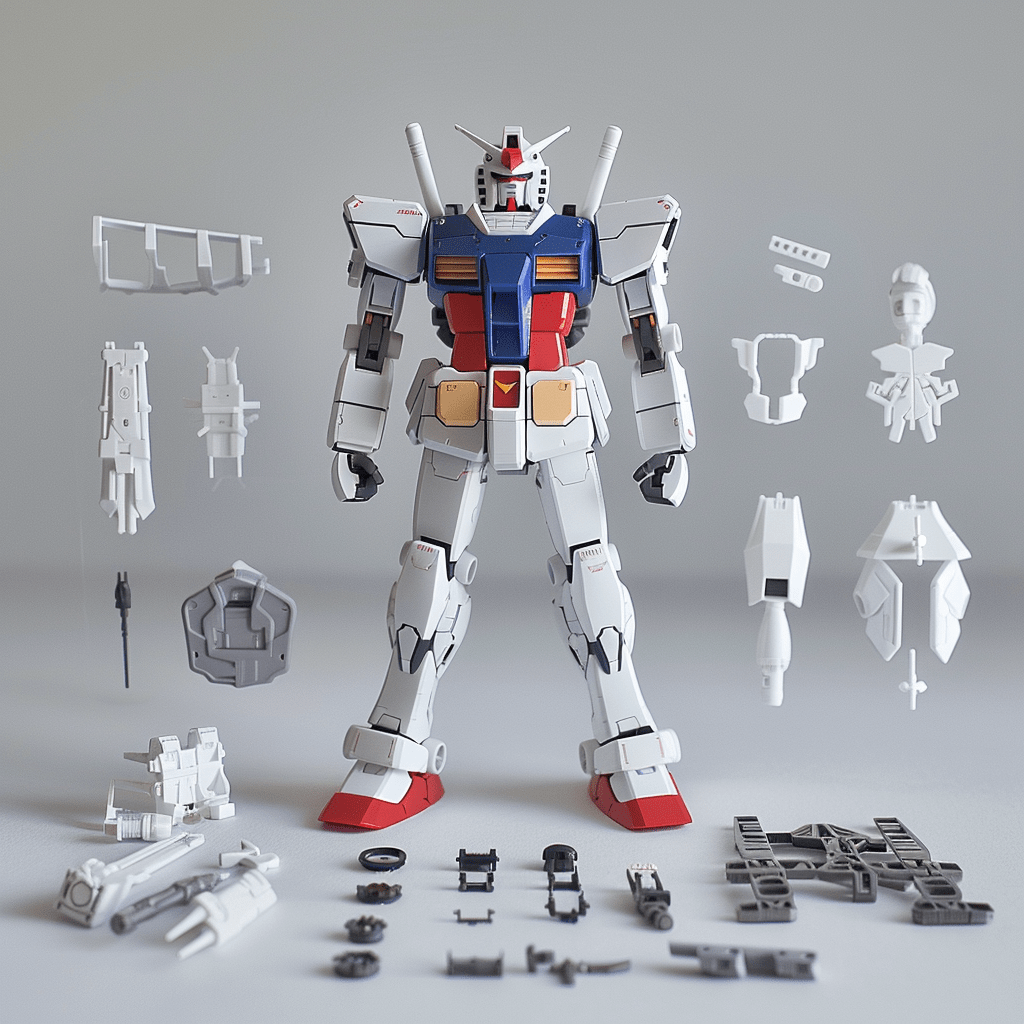
Assembling Gunpla models involves careful tool use, precise building techniques, and leveraging snap-fit technology to create impressive mobile suit models.
Tools Required
To assemble Gunpla models, specific tools are needed. Nippers are the most essential tool, helping to cleanly cut parts from the plastic sprues. Hobby knives are useful for trimming any excess plastic or flash. Tweezers assist in handling small parts, and sandpaper or files smooth out rough edges and nubs left from cuttings.
A basic set of tools for beginners might include:
- Nippers
- Hobby knife
- Tweezers
- Sandpaper
Using the right tools ensures a clean and precise assembly process, reducing the risk of damaging parts.
Building Techniques
Building Gunpla models requires patience and attention to detail. Start by sorting the parts and following the instructions step-by-step. Symbols and diagrams guide the builder through the assembly process.
Dry fitting parts before gluing them is a common technique to ensure that everything fits perfectly. Panel lining with markers or paint adds depth and realism to the models. Applying decals carefully and setting them with a softener can enhance the look.
Proper technique not only results in a sturdy model but also brings out the finer details that make the Gunpla stand out.
Snap-Fit Technology
Many Gunpla kits, especially the ones for beginners, use snap-fit technology. This means that parts can be assembled without glue, snapping securely into place. This technology makes the assembly process more accessible and less messy.
Snap-fit kits often have pre-molded parts designed to fit perfectly together, reducing the need for additional tools. Builders can still use nippers and sandpaper to fine-tune the fit and finish. This technology allows even novice builders to create professional-looking models without extensive modeling experience.
Customization and Detailing
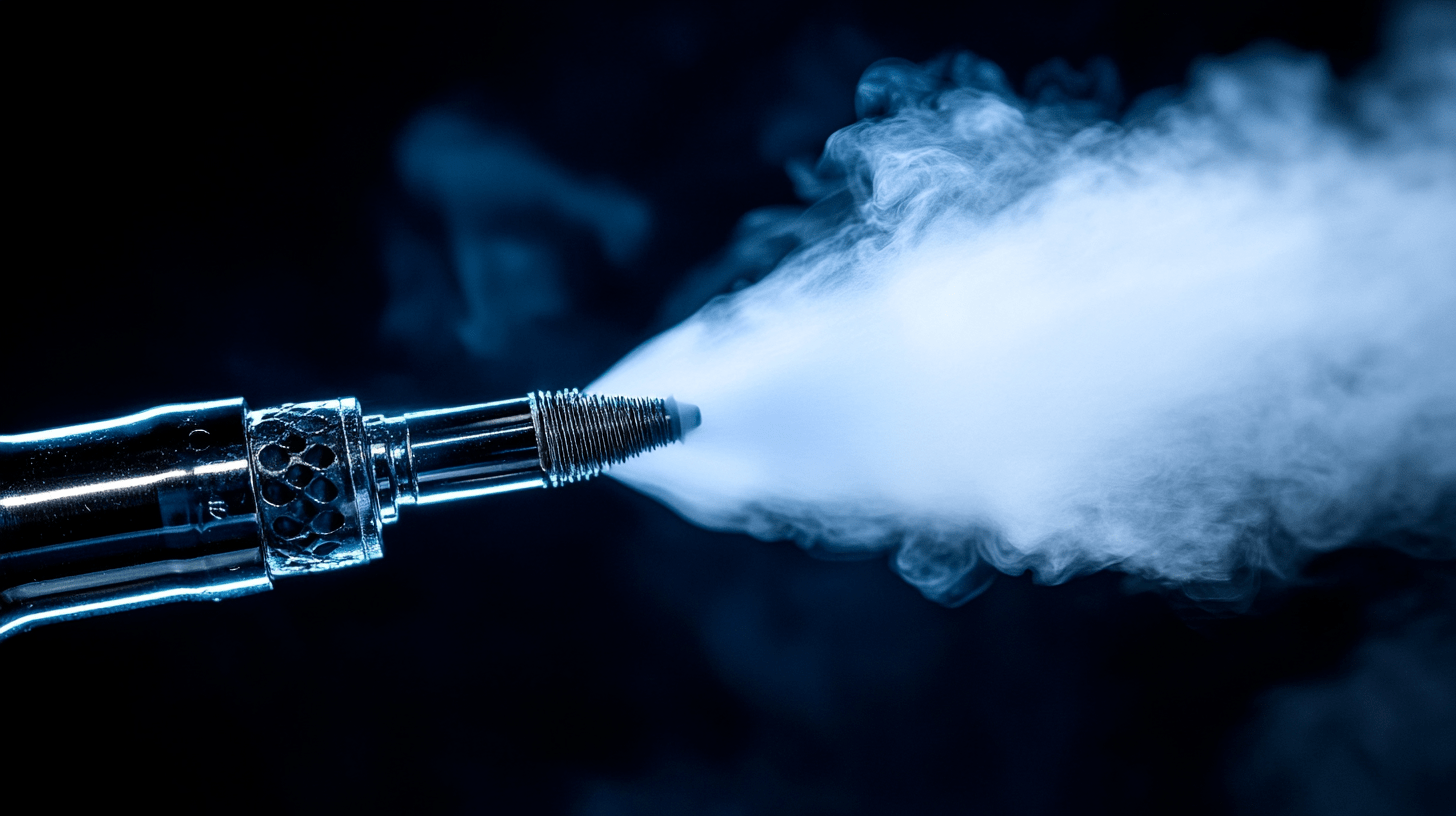
Customizing your Gunpla involves adding personal touches to make your model unique. This can range from simple paint jobs to more advanced techniques such as airbrushing and weathering.
Adding Color and Detail
Painting your Gunpla can bring it to life. Acrylic, enamel, and lacquer paints are popular choices. Acrylics are beginner-friendly and easy to clean. Enamels offer a smooth finish, while lacquers are durable and vibrant.
Panel lining is another technique that adds depth. Panel lining markers or fine-tip pens work well for this. It highlights the details, making the model look more realistic.
Stickers and decals are used for extra detail. Waterslide decals and dry transfers offer a more seamless look compared to standard stickers. Apply a topcoat to seal your work and protect the decals.
Advanced Techniques
For those looking to take customization further, airbrushing is a game-changer. It provides a smooth, even coat and allows for color gradients. An airbrush setup includes an airbrush, a compressor, and cleaning supplies.
Weathering techniques can make your Gunpla look battle-worn. Washes, chipping, and dry brushing mimic dirt, rust, and damage. This adds a layer of realism to the model.
Topcoats come in different finishes: glossy, semi-gloss, and matte. They protect the paint job and give the desired finish. Experimenting with different techniques and combinations can lead to impressive results.
Gunpla Levels of Detail
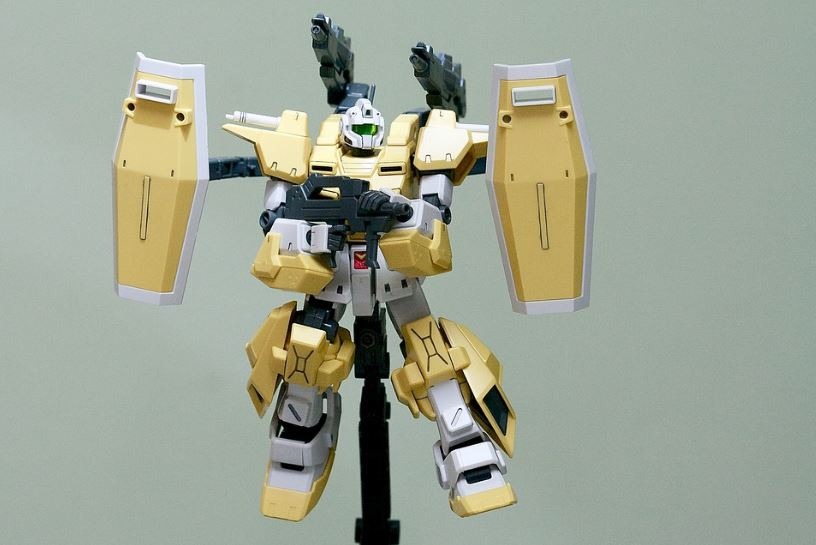
Gunpla models come in different grades, each offering varying levels of detail and complexity. Additionally, models are available in various scales, which can further influence the detailing of the kits.
Understanding Different Grades
Gunpla kits are categorized into grades that signify the level of detail and skill required.
- High Grade (HG): Suitable for beginners, HG kits are 1/144 scale. They have manageable parts and acceptable detail. They offer a good balance between ease of assembly and visual appeal.
- Real Grade (RG): These kits are also 1/144 scale but have more intricate parts compared to HG. RG kits feature advanced engineering and require patience and dexterity.
- Master Grade (MG): At 1/100 scale, MG kits offer higher detail and more poseability. They have more parts and often include inner frames that enhance articulation.
- Perfect Grade (PG): PG kits are 1/60 scale and the most detailed. They have complex inner structures, high articulation, and a significant number of parts. Ideal for experienced builders.
Detailing Across Scales
Gunpla kits also vary by scale, which affects the size and complexity of the models.
- 1/144 Scale: This is the most common scale, used in High Grade (HG) and Real Grade (RG). Despite being smaller, advancements in engineering have allowed for impressive detail in these models.
- 1/100 Scale: Used for Master Grade (MG) kits, this scale offers more space for intricate detailing and better poseability. The larger size allows for more complex internal structures.
- 1/60 Scale: Employed in Perfect Grade (PG) kits, these models are the pinnacle of Gunpla detail. They feature full inner frames, highly detailed exterior parts, and extensive articulation. This scale provides the best representation of the mobile suits.
Different grades and scales can offer varying experiences and results for builders, catering to different skill levels and expectations in terms of detail and complexity.
Expanding Universe of Gunpla
The Gunpla universe has grown beyond its origins, entering international markets and collaborating with other media forms. This expansion has brought Gunpla to a wider audience and increased its popularity globally.
Gunpla in Global Market
Gunpla has become very popular in many countries, including Japan, the United States, and European nations. Bandai, the company behind Gunpla, has worked to make these models available worldwide, helping Gundam fans enjoy building their favorite Mobile Suits.
In China, there is a growing community of Gunpla enthusiasts. They often share their completed models and techniques online, creating a vibrant culture around these kits.
Gunpla’s presence in physical and online stores has made it easier for fans to access a wide range of models, from beginner-friendly kits to highly detailed versions. This global reach has turned Gunpla into a hobby enjoyed by people of various ages and skill levels.
Collaborations and Media
Gunpla has also collaborated with other media forms, enhancing its appeal. The Gundam animated series often features new Mobile Suits that later become available as Gunpla kits. This synergy between television and model kits keeps fans engaged.
In addition to TV shows, there are video games and manga that include exclusive Gunpla designs, creating a bridge between different entertainment forms. These cross-media collaborations introduce new characters and Mobile Suits that expand the Gunpla universe.
Special collaborations with well-known brands and artists have resulted in unique model kits. These limited-edition releases attract both collectors and casual builders, adding more variety to the available Gunpla options and keeping the hobby fresh and exciting.

